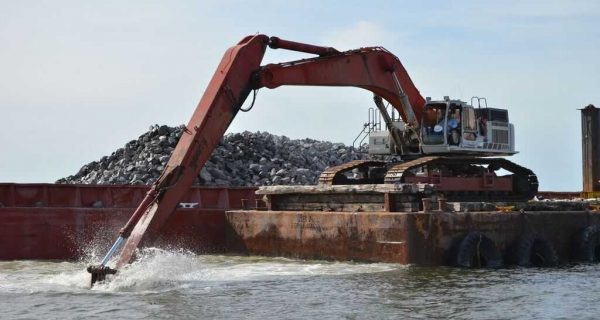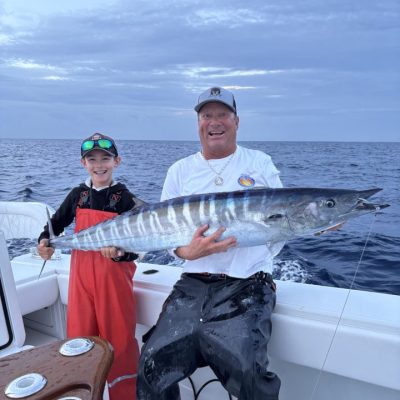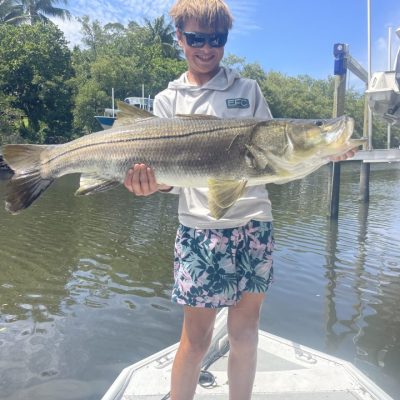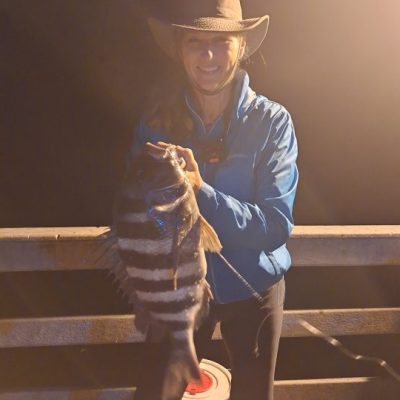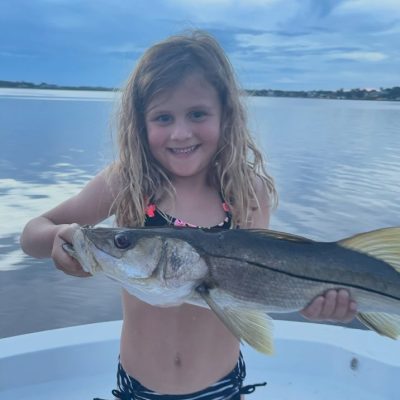Conservation
Environmental and waterway news.
Latest in Conservation
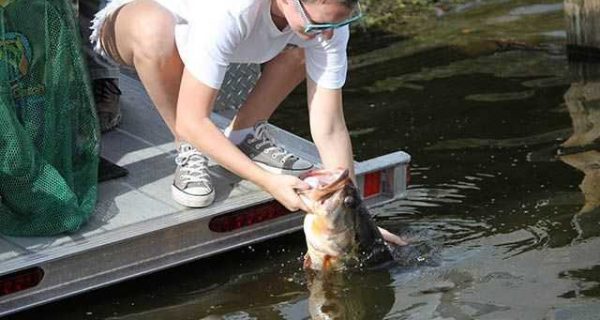
FWC UPDATE: New freshwater bass conservation measures approved
New black bass conservation measures to go into effect July 1.
Everglades Restoration- Please ACT NOW! Florida Fisheries Need Our Help.
Current water management practices in Florida are gravely threatening Florida’s recreational fisheries. The Indian River Lagoon, into which the St. Lucie River drains, is experiencing a massive brown tide. The St. Lucie Estuary recently posted health warnings to avoid contact with the water.
Preserving a lobster memory
Winter lobstering in our part of the state can be a chilly – but productive – experience. Despite what you might have heard (or seen, if you’re lucky) about lobsters marching in the fall, there are still plenty of bugs around during the winter. In honor of Invertebrate Month at the Florida Oceanographic Coastal Center, I thought I’d share with you a lobster-related project that I’ve been tinkering with for the last few months.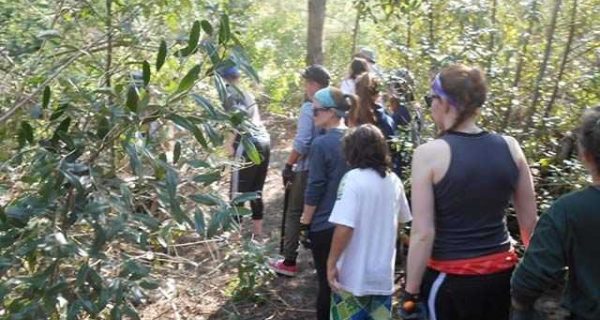
St. Lucie County Artificial Reef Program Feb. 2016 Update
The St. Lucie County Artificial Reef Program is helping with the restoration of Spoil Island SL 17, also known as Wesley’s Island. The island is in the middle of the Fort Pierce Inlet, just east of the turning basin.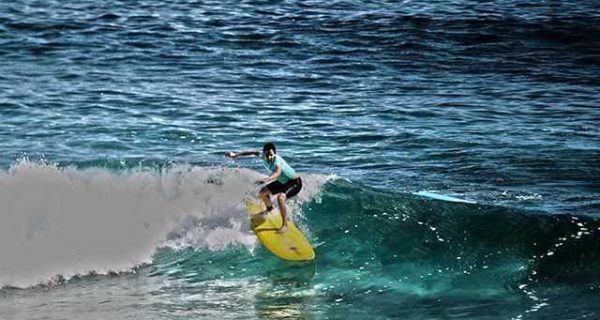
FWC UPDATE: Atlantic Snook Season to Open Feb. 1, 2016
Atlantic Snook season reopens Feb 1 2016. FWC barracuda management workshop in Jupiter Feb 25.